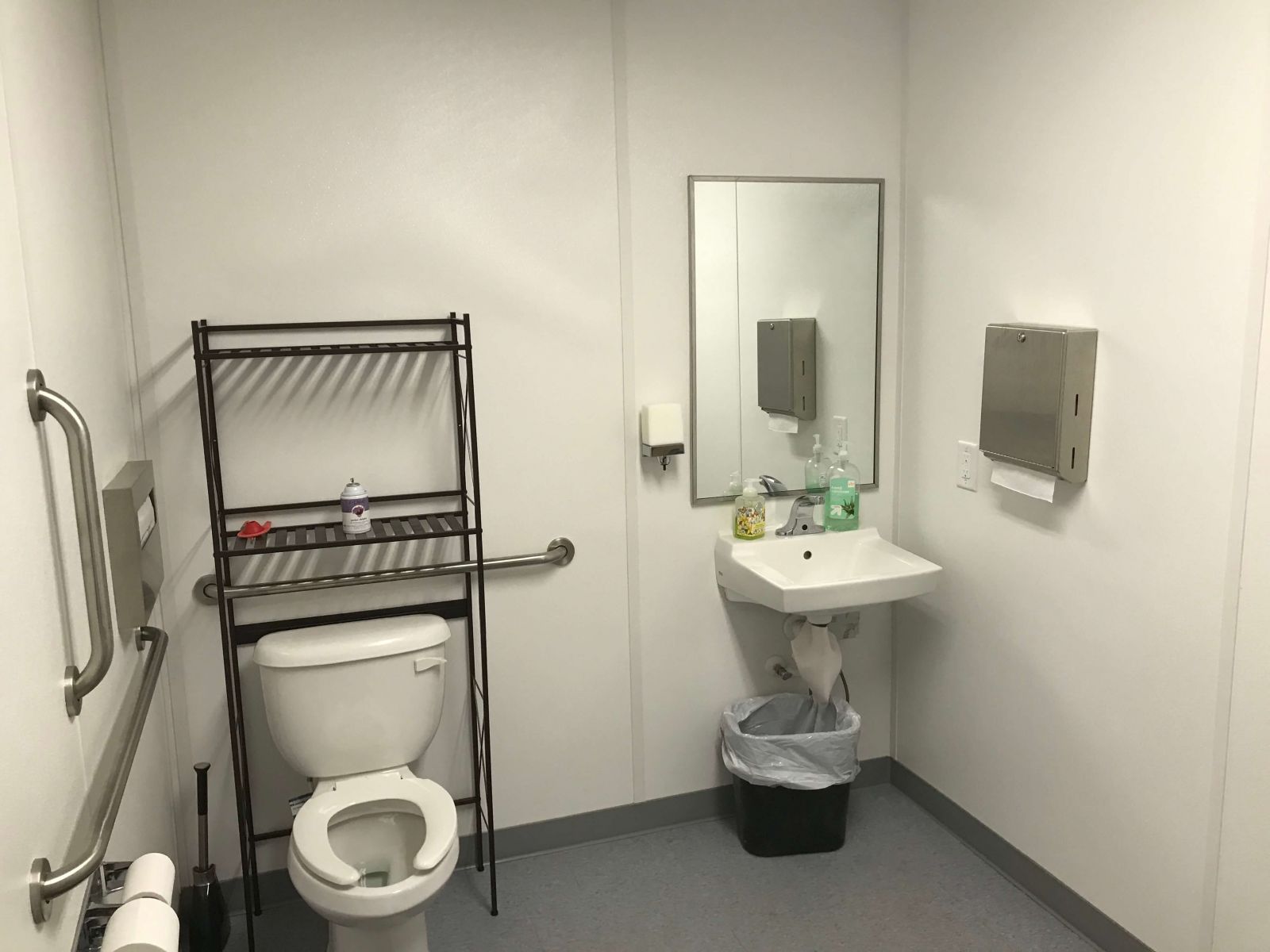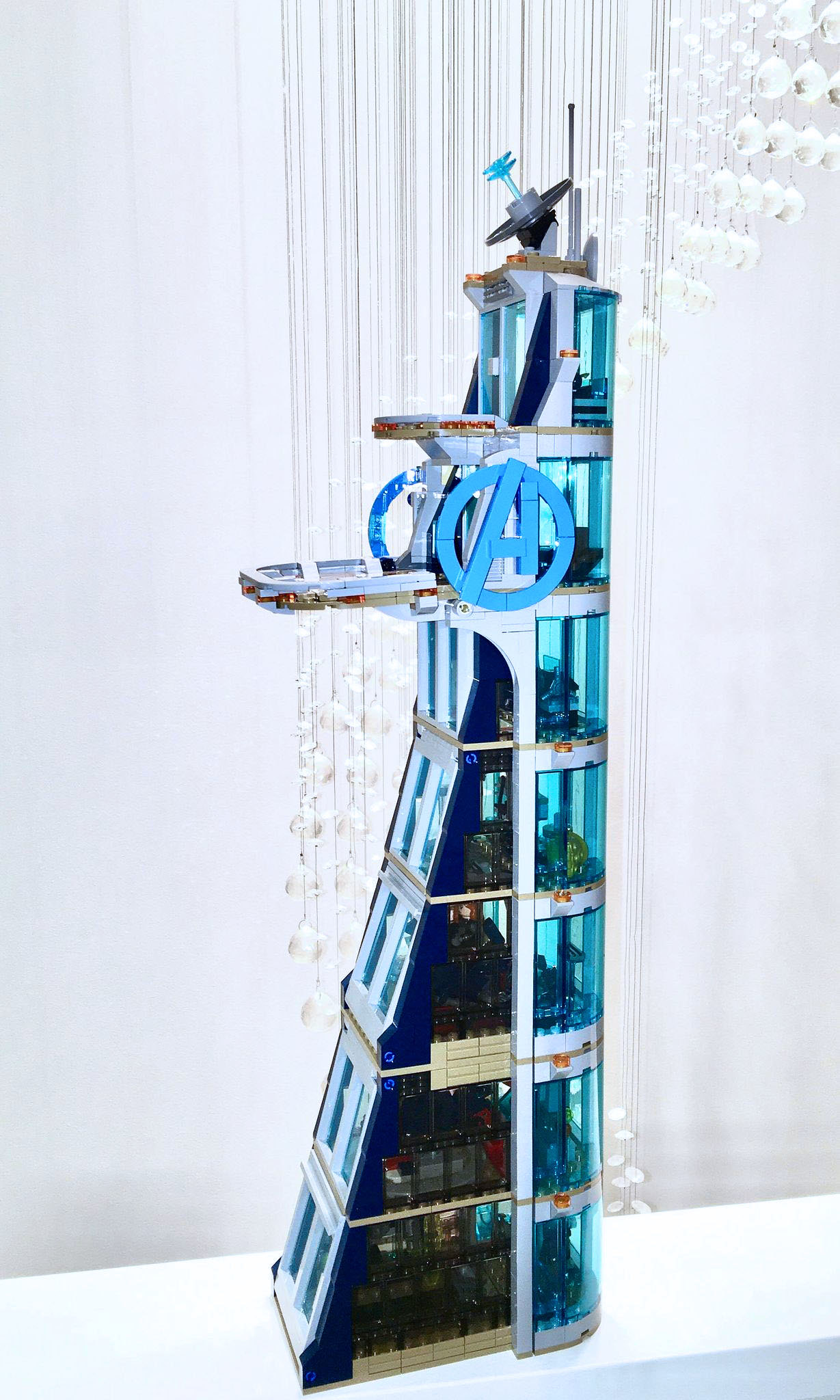Table of Content
That is why we give our modular house extensions a 25-year guarantee. JHAI, an independent building control inspector, have approved these particular products. This means that you can buy from us with confidence and peace of mind knowing you’re investing in something worthwhile. Discover a new way to extend your home with our modular house extensions from Durabase. Durabase is a fast and efficient system that changes the way that you build.
Then, they'll attach the modular home sections, and coordinate the finishings. Finally, they'll install extras like a driveway, porch, or garage. Modular buildings are fixed to a solid basement foundation and are safer when dealing with flooding and hurricanes. Modular homes can withstand hurricane winds of 175-mph with less damage than traditional site-built houses and are recommended by FEMA.
Should You Add On or Build Up?
Yes - there can be issues as not everyone is a fan of prefab construction, so it can sometimes be tricky when planning permission is required. Prefab constructions are also designed with a shorter lifespan, typically around 40 years. It's important to remember that an extension costs much more than just the cost of the structure itself. The downfall of a wet system is that you require professional bricklayers to ensure that the new structure is built correctly. Prefabricated modular house extensions removes the need for this making the installation quick, easy and simple. A modular room extension will cost between $20,000 and $30,000.

Our team of experts make every effort to create instructive content that helps homeowners make the best decisions about their homes. To get free estimates from local contractors, please indicate yours. You will likely need to compromise on this project in some way, whether on the size, materials, or timeline to meet your budget.
Additional Considerations and Costs
Architectural drawings will set you back between $650 – $1,300 depending on the complexity and scale of work. One reason is the majority of builders do not separate expenses for elements like groundworks. Such elements are rarely done in isolation from other elements of the project. Use a design/build firm to handle the initial drawings or start with a designer or architect.

For instance, you will need to consider how it will integrate with the original building. Each has various drawbacks and advantages in certain situations. However, the main building material choice is not a major concern for an average expansion job. Examples of complications include dealing with tree roots or moving drains. Such complications increase the expenses by slowing down the construction process.
Modular Home Extension
This basic garage addition cost includes no high-end customizations. Generally, the larger the square footage, the less it will cost, in the case of building a garage. The price depends on the cost of local materials and labor, and you’ll want to match the color and type of roofing and siding materials. A garage addition can recoup about 80% of the cost in relation to the home’s increased equity.
Second story additions have much higher costs than adding a room on the ground level3 of your home. They involve removing your roof and attic, adding a new floor, walls, and roof for several rooms. This often makes the cost per square foot between $300 and $500, and it is common for the total addition cost to reach $150,000 to $200,000 for homes that are 1,000 sq.ft. However, you could save some money if you can lift off the existing roof with a crane and reinstall it on the new second story. Our modular house extensions are prefabricated, which reduces the time that is needed on site.
In-Law Suite Addition Costs
While galvanised steel costs £42 to £200 per square metre or more. The reason for this is because space is a sought-after commodity, along with additional bathrooms which are a huge selling point. Prefab is short for prefabrication, which means that a prefab extension is a building that is pre-built offsite and is therefore ready for installation on delivery. There are a variety of manufacturers who produce prefab extensions according to an individual’s preferences. Find out in this guide where we cover all the costs included in building prefabricated extentions and modular extensions. It is vital to us that we offer our loyal customers with only the best.
The national range is $24,000 to $80,000, with most people spending around $52,500 on a 300 sq.ft. This project’s low cost is $7,000 for a first-floor laundry room bump out. Second-floor addition of a master bedroom and bathroom with a new roof. The all-in cost of a Studio Shed is typically a fraction of the cost of a remodel or addition.
This will involve the help of a qualified plumber, electrician, gas engineer or more trades if need be. This accelerates the completion of the build to get the finishing trades in. No forklift, digger or skip means less mess and waste to deal with. Coupled with that is the cheaper cost compared to traditional methods.

Instead of crowding the site out with machinery and building from scratch, which takes time and is hostage to the fortunes of the weather, prefabs are simply dropped into place. Modular extensions are pre-built off-site, in a factory or workshop away from your home. Once completed, they are delivered to your house and slotted into place.
Price Your Job Comparing quotes of thousands of jobs to find average costs so that we can give homeowners a good starting point before they look to hire a tradesman. A Prefab is typically built off-site and can be designed to meet a homeowner’s exact requirements, including everything from roof tiles to wall materials, doors and windows. Structural Insulated Panels can be considered a further variation of timber frame construction as they use timber-based boards with rigid insulation between them. They are very strong panels which are well insulated and are generally used plasterboard in a similar manner to conventional timber frame buildings.

Plus, modular homes are more energy-efficient, which saves substantially on monthly expenses. Clayton Modular Homes prices range from $70 to $200 per square foot or between $30,000 and $200,000 depending on the size, model, and delivery distance. Clayton operates nationwide and offers more than 175 floor plans ranging from 1,000 to 2,280 square feet. Pre-built homes range in price from $60 to $275 per square foot, depending on the brand, size, floor plan, and customizations selected.
Modular Home Cost Per Square Foot
In addition, you’ll make use of your backyard in new ways as you integrate your indoor and outdoor living spaces. You’ll get far more room than just the square footage of your Studio Shed. Studio Shed Summit Series units with our Lifestyle Interior package are built to the same standard than new home construction. High-quality double or triple pane glass, insulation, finished flooring and lighting create a space that’s truly an extension of your home. A sunroom addition costs $8,000 to $80,000 with most homeowners spending around $100 to $350 per square foot on average for materials, slab, and professional assembly.


No comments:
Post a Comment